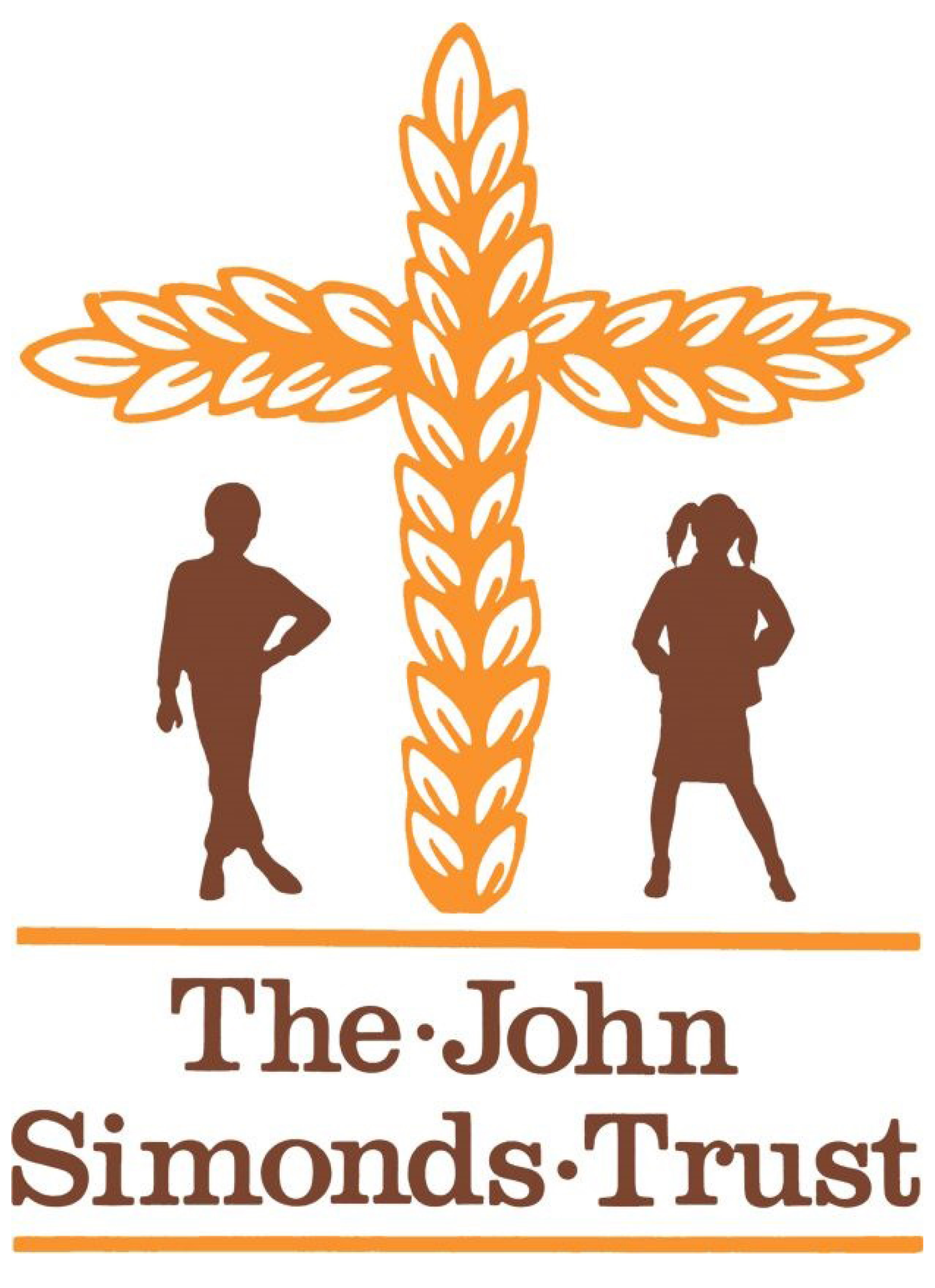Monthly Update - April 2023
When I came to Rushall Farm in 1974 the main tractor driver was Rodney Young. He handled me quite well, dispelling my optimistic aspirations for planned work for that day with the phrase “debatable”. That applied to whether it was too wet or too dry to plough, cultivate, drill seeds or even combine. He loved welding and making stuff, though not always successfully. A subsoiler we built fell to pieces on its first outing, but an ingenious drain which doubled up as a gatepost still stands in his memory. A number of years later he was tasked with working in the 100 acres of woodland during the quieter winter months. His work was very effective, but was only making limited progress after years of neglect. When 10 acres of soft wood blew into a terrible heap in the 1989 gales he was set up with a forwarding tractor and trailer, a crawler and dumper, and drainage pipe. He dug gravel on site and made tracks so that the woodlands could be properly managed, because the last time any work had been done was with horses. So, under a Forestry Management plan, he worked through 10 acres a year, thinning out poorer trees, coppicing hazel, planting up open areas including resetting self-sown trees and planting miles of new hedges and 10 acres of new woodland. We managed to sell all the windblown timber, a large amount of hard wood went for making into paper, and some large oaks for furniture. We also sold logs, provided timber for the charcoal site and milled out the large oak beams for the restoration of the barn. Rodney changed the landscape around here, and the hours and energy he willingly put in were a credit to him as he just got on and did the job, without debate.
One area he planted with Cricket Bat Willows was the tiny piece of land below the College. It was somewhat surprising to be pursued by a Joshua from English Willows, very keen to buy the 43 trees. It is only the bottom part of the trees which are suitable for cricket bats; the rest is chipped and carted away to be used as biofuel. The trees themselves are split into clefts and shaped into a rough bat shape or blade. These are then air dried for a year before being fashioned into the bats, with an ash handle spliced in. The landscape has changed in a week in Bradfield, but not for long; new trees will be planted this coming winter.

